Top 5 Computer Security Threats
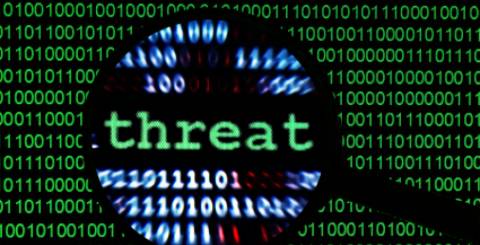
With increasing cyber community and vast system users’ computer security threats have increased significantly. In this article, we can discuss some computer security threats of recent times.
In recent times computer security of users has been at stake due to increased cyber and malware attacks. Computer users are prone to these threats as attacks have increased multifold in recent times. These computer security threats come in various forms and malicious content like malware, viruses, spyware, adware, Botnet, ransomware, and others. Let’s discuss top 5 computer security threats of recent times.
Virus: A Virus can replicate itself and infect a system without the knowledge or permission of the user. This small piece of software can spread when it is transmitted by a user via the Internet or over a network. It can also infect system removable media or external devices such as CDs or USB drives. These viruses can delete your important data, reformat the system hard disk, cause system crash or other losses. Even these viruses take up system memory and may cause erratic behavior on your system. These virus threats can be prevented significantly using anti-virus programs.
Ransomware: Ransomware is a malware which attacks user’s system and gets installed on it without user’s consent. It executes a malicious Crypto virology attacks to affect user’s computer adversely. Advanced Ransomware encrypts the victim’s files and other data making them inaccessible to the user and demands a ransom payment to decrypt it. It can also encrypt the system’s Master File Table or the entire hard disk. Ransomware is a form of denial-of-access attack where it prevents users from using their own system. These attacks are generally carried out using Trojan.
Phishing: In Phishing attacks, a phony web page is created and produced by the user that looks similar to a legitimate web page. This phony web page remains on a server of the attacker thus the attacker keeps full control of the page. Using these phony web pages’ users are tricked by attackers as users think they are on the legitimate page or trusted website. These phony web pages are created to steal user’s information like their names, passwords, credit & debit card details, and other sensitive information. Phishing attacks are generally carried out by email or instant messaging where compromised links are shared with the users.
Spyware: Spyware is a small piece of software program that is secretly installed on a system without the user’s consent. Spyware programs are used to keep a tab on user’s activities. These programs can collect a lot of sensitive and personal information of user like credit & debit card details, financial transactions, website visited, usernames & passwords etc. These programs can redirect web browsers to malicious websites or can install other malware easily. Spyware can affect system speed and performance negatively.
Botnet: A Botnet is also known as “Zombie Army” is a collection of software robots (or bots) that run automated tasks over the Internet. The term “Botnet” is commonly used to refer to a distributed network or compromised system (called “Zombie computer”) This “Zombie Army” run programs such as Trojan horses, worms or backdoors. Recent Botnet versions can automatically scan its environment and propagate themselves using various vulnerabilities on the system. They are used to launch Distributed Denial-of-Service (DDoS) attacks against various websites.
Above mentioned computer security threats can affect computers significantly. These threats can cause data loss or can block user access to their own system. Apart from these threats, there are many other threats as well like Worm, Trojan Horse, Keystroke logging, Adware, Spoofing, Pharming and lot others that can make your system crawl or sometimes halt the operations on it.
Similar Articles
In the vast landscape of cyber threats, one adversary has emerged as a formidable force, disrupting businesses and causing chaos: ransomware. The surge in ransomware attacks has elevated the need for a robust defense strategy.
The prospect of migrating critical systems and data to the public cloud understandably raises concerns. Will valuable assets end up exposed or locked in?
"Tenant to tenant migration" has become a pivotal aspect of organizational evolution. As companies expand, merge, or restructure, seamlessly transferring data between different instances or tenants becomes crucial for maintaining operational continuity.
In today's data-driven world, organizations constantly seek ways to visualize and analyze their data to make informed decisions. Two popular tools in the business intelligence (BI) space are Microsoft's Power BI and Tableau. Both of these tools offer powerful features for data visualization, data modeling, and data analysis
Healthcare organizations collect and store an immense amount of data. The data is essential for doctors to make informed decisions about patient care. However, the sensitive nature of this data requires healthcare organizations to protect it from unauthorized access and data breaches.
Every firm nowadays is establishing its presence in the digital sector to grow internationally. As many might know in the technological environment, web development is essential for success.
One of the things that distinguish having the CIO position now from having the job in the past, apart from the increasing recognition of the significance of information technology, is the introduction of so-called "big data." We're talking about terabytes or even petabytes of data, as well as all of the problems that come with managing such a large amount of data.
A computer virus is a program that is loaded in a system without the knowledge of the user. This virus is not formed naturally but it is induced by people. After entering your system, it gets attached to another program and as the host starts working, the virus starts functioning.
Looking to buy the gaming chair? You’re standing at the right place. The gaming chair offers an immersive media X-perience as they generally put you closer to the TV and therefore closer to the action.
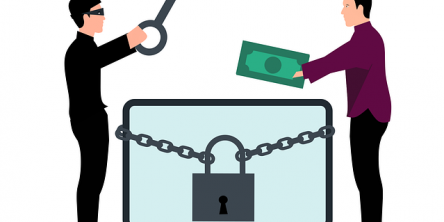
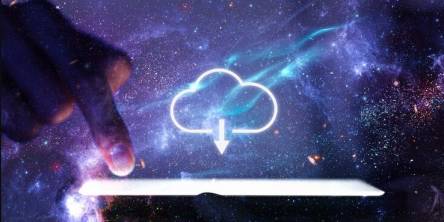
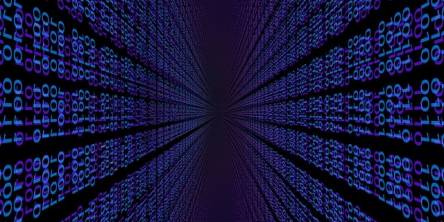


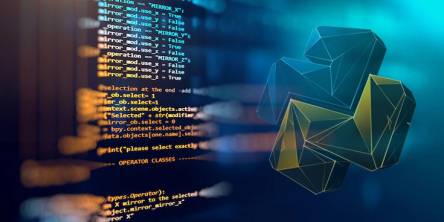


d006.jpg)